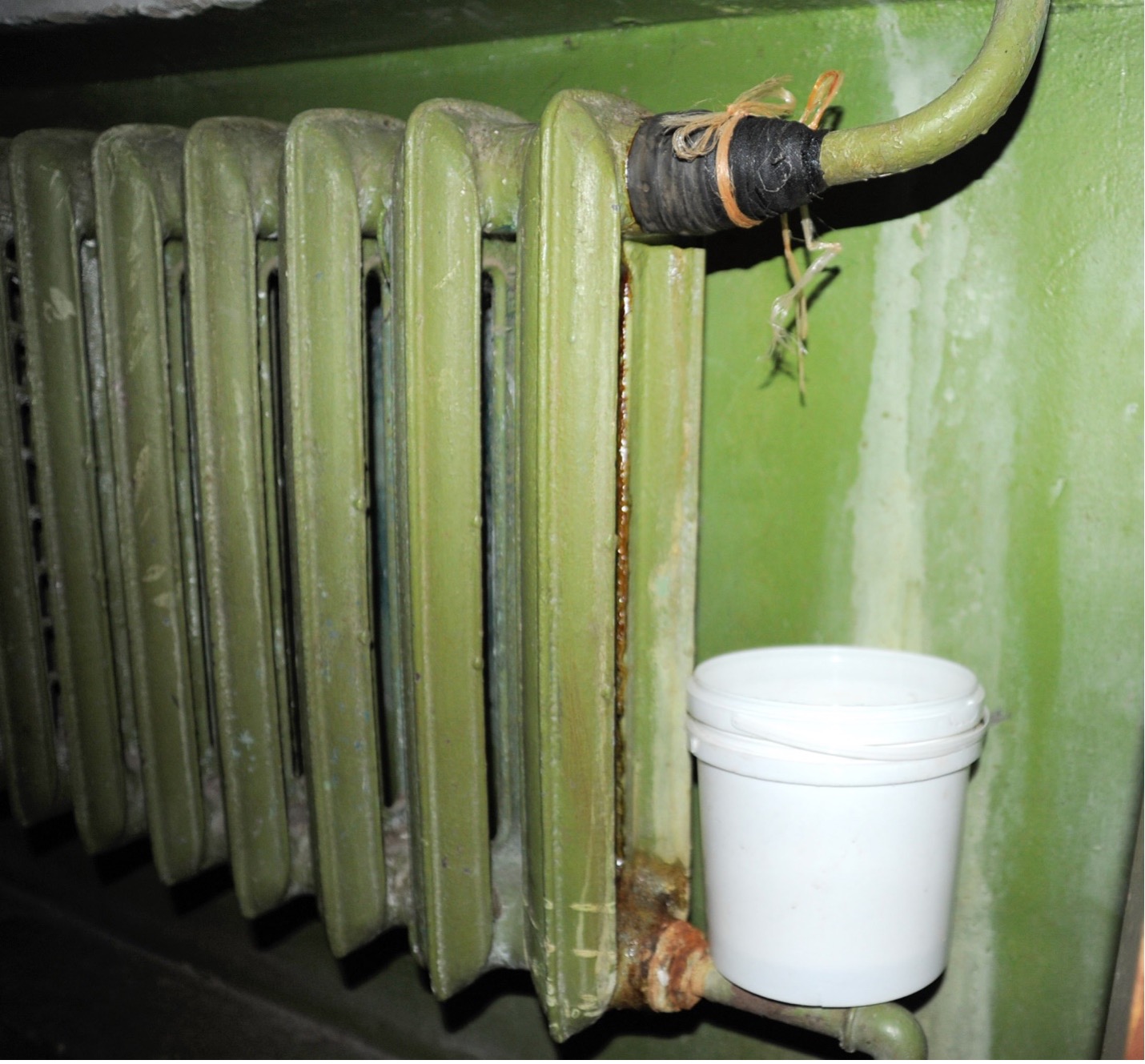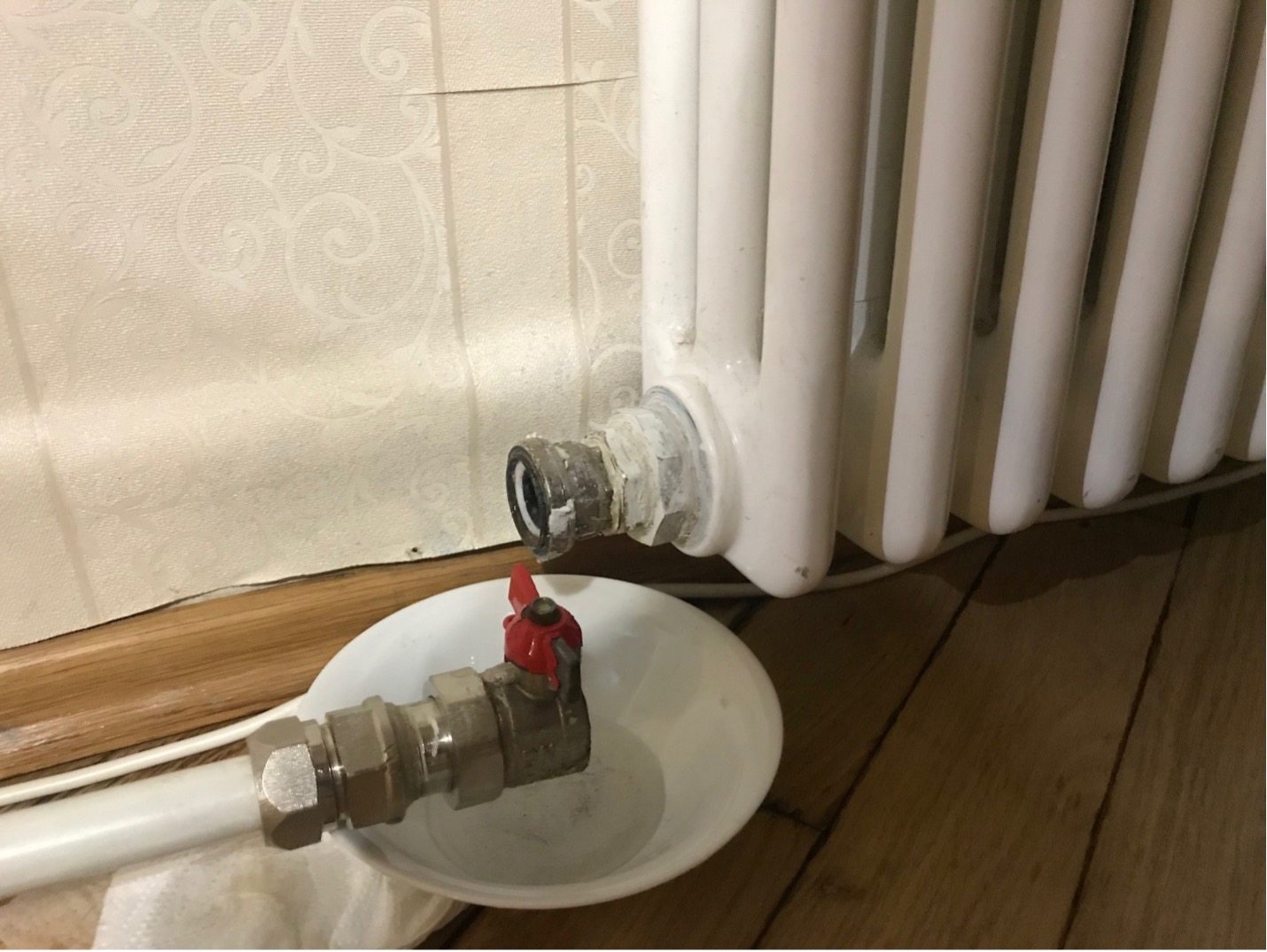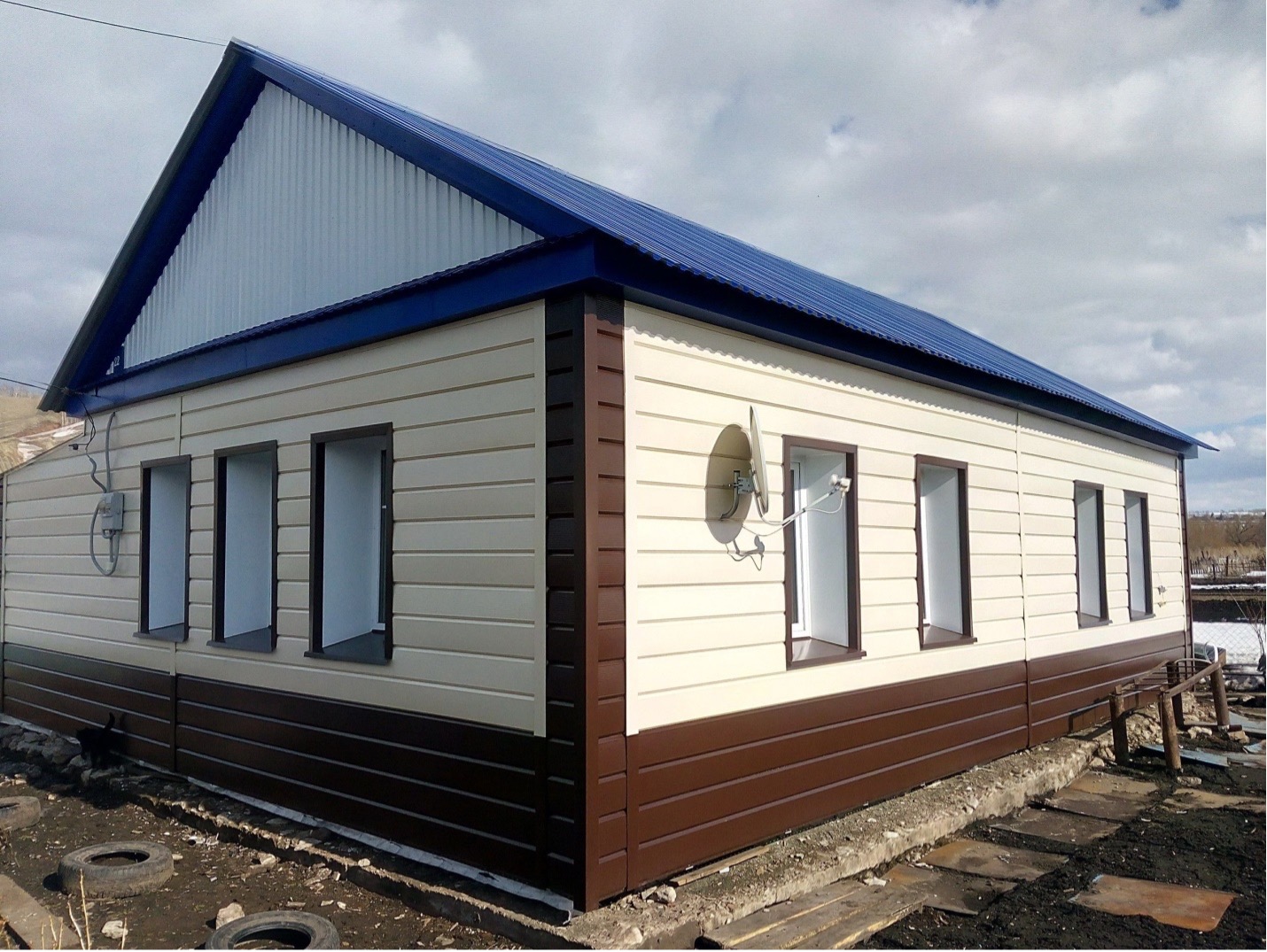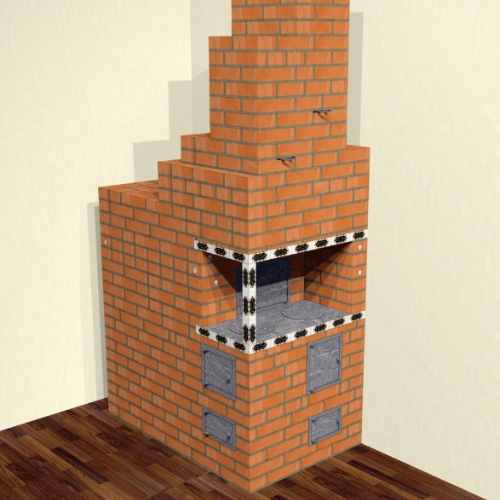Water in heating radiators: what kind of water flows, is there any in the summer and why is it black
One of the questions that utility consumers have is whether there is water in the batteries in the summer. In most cases, the coolant is present all year round, as this is the main measure for preventing rust. But sometimes the water becomes almost black. Why this happens and what needs to be done is discussed below.
The content of the article
Can there be water in radiators in summer?
In most cases, water remains in radiators, risers and other elements of the heating circuit all year round, including in summer. This is done in order to ensure uniform pressure, but most importantly, to protect the inner surface from rust.
Here it is important to consider what kind of water flows in the heating radiators. This is a technical fluid that may contain additives that protect pipes from scale and rust. However, it is impossible to completely insure against this, so pipes and radiators will still partially rust. In advanced cases, even black water appears in the heating system.
To keep corrosion to a minimum, the liquid is left inside the circuit for the whole season. Thanks to this, the internal surfaces of pipes, batteries and other elements do not come into contact with air. Otherwise, oxygen will only accelerate decay, so it is periodically released from the system.

Moreover, although water is in the batteries in the summer, it does not move, since the circulation pumps are turned off during the warm period. When the season comes, they are turned on again and the liquid begins to flow at a certain speed.
Moreover, immediately before connecting the pipes, they begin to wash them, running water through them several times. In this regard, it is useful to know why there is a jumper on the heating battery. If the radiator is equipped with taps (top and bottom), it is advisable to turn them off during flushing to avoid clogging again.
Why does black water appear?
The main reason why battery water is black is due to the oxidation of iron by oxygen. The gas interacts with the material of steel pipes and radiators, resulting in the formation of oxides, for example, Fe2O3. These substances have a characteristic brown tint, and in large quantities can produce a dark light.
A characteristic unpleasant odor also appears. It is associated not only with rust, but also with stagnation of water. This phenomenon is especially often observed at the beginning of the heating season, since from May to September the liquid actually just “stands” in pipes and radiators.
If precipitation does not accumulate in large quantities, this phenomenon is acceptable. But when water begins to flow into the battery from above or below (in September or October), dirt can accumulate in noticeable volumes. Then you need to start cleaning it yourself or by contacting the management company.
How to clean radiators
There are several ways to do this:
- One of the most effective options is to blow out the batteries in the apartment. For this purpose, special compressor equipment is used.
- Flushing - turn off the taps, remove the radiator, bring it into the bath and rinse it under pressure, first with hot, then with cold water. After that, they put it back and connect it to the system.
- Using soda ash - as in the previous case, remove the battery, drain the water and add powder, wait 30-40 minutes, then rinse under pressure.
- Flushing with an air gun is a good way to remove scale.

Thus, water is always present in the heating system, but moves only during heating. It is the liquid that protects the internal surfaces of pipes and radiators from rust. But even in this case, it gradually forms, so washing is required periodically.



